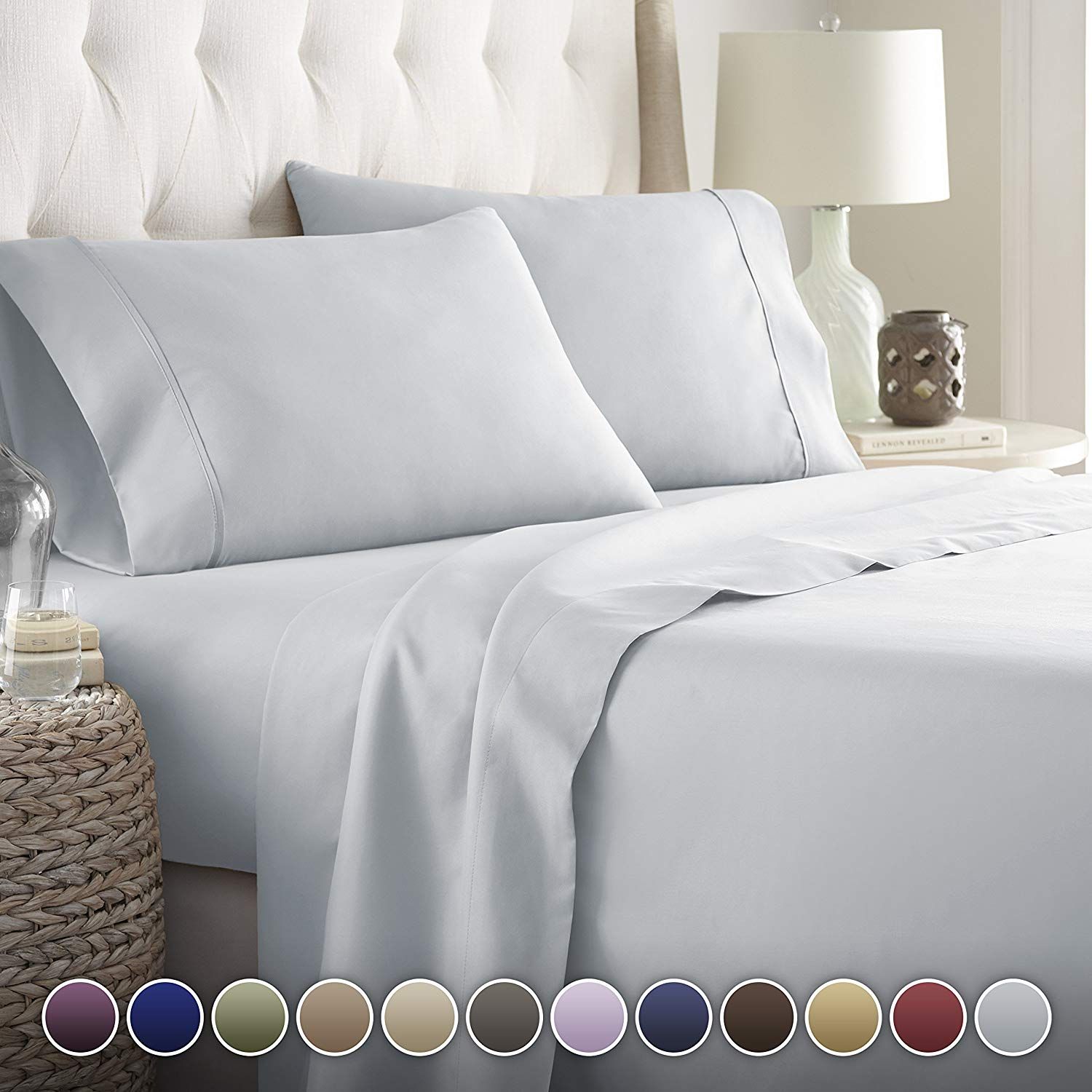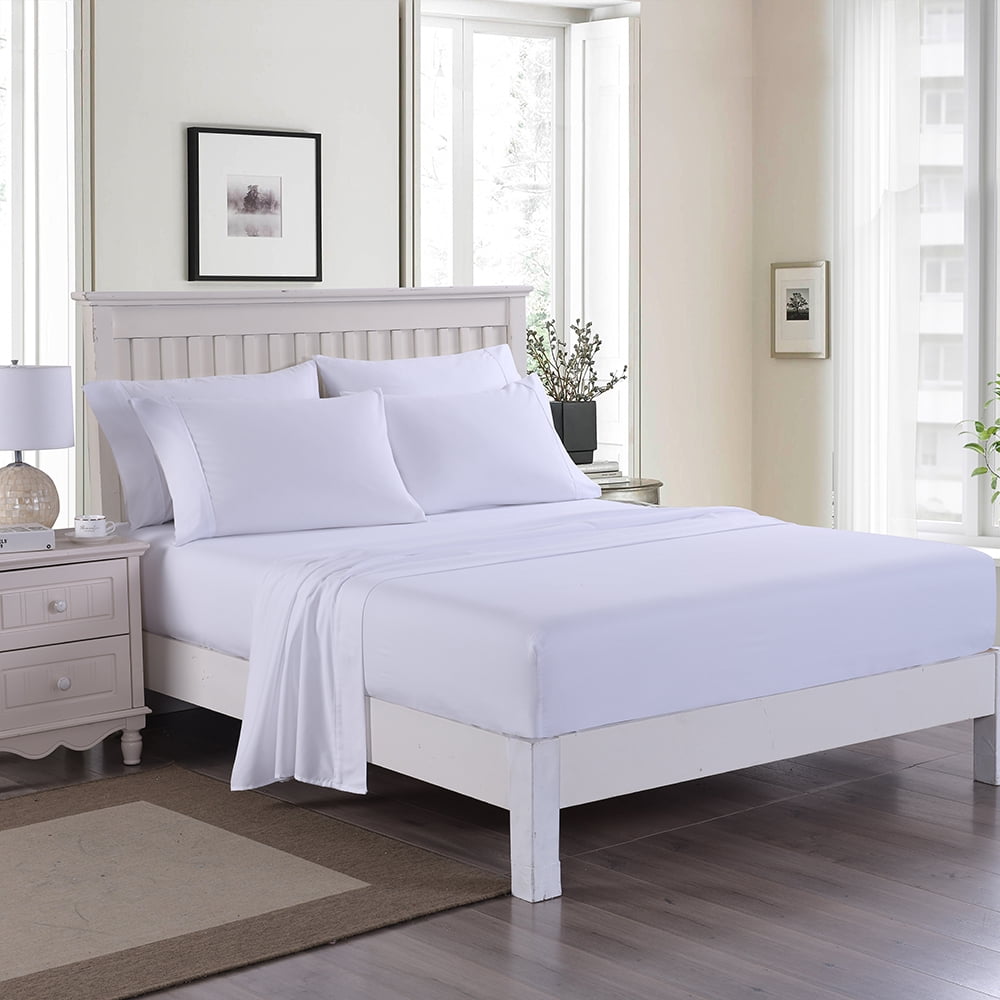

So in terms of thread count alone, anything around 200–400 will be good quality and comfortable, broadly speaking. Thread counts of 800–1000 or more likely use multi-ply threads which are more expensive and less durable with limited benefits. After that, manufacturers have to use two-ply thread which is fine, but not as robust. Single-ply typically caps out at around 400–500 threads. But there is a point where manufacturers have to start using multi-ply.Ī thread count of 200 is the ideal starting point for cotton sheets. This marketing ploy means that a maximum thread count doesn't really exist. Also, you're not really getting any extra threads, just extra ply and that has little to no impact on comfort. Why is this a problem? Multi-ply threads don't tend to be as durable due to their smaller size, so your sheets won't last as long. The 'higher quality' 800-thread sheets from the same company likely use two-ply thread to bump up the count. Brands can get away with using multi-ply threads while claiming that each ply in a thread counts towards the thread count.įor example, sheets with a thread count of 400 may use single ply material. This is why 'optimal thread counts' have increased steadily over the years.īut, these claims become rather dubious once you hit a certain number of threads. However, manufacturers seem to keep finding ways to cram more and more threads into this small space without thickening things up.

There are only so many threads that can fit into the measurement area without making an overly-dense sheet.


 0 kommentar(er)
0 kommentar(er)
